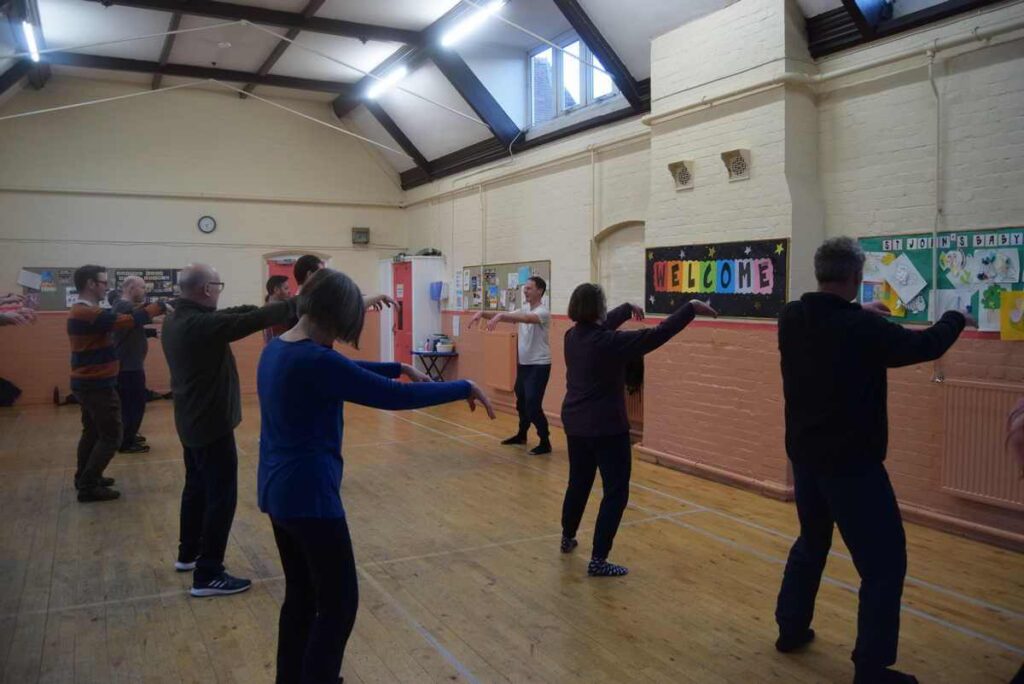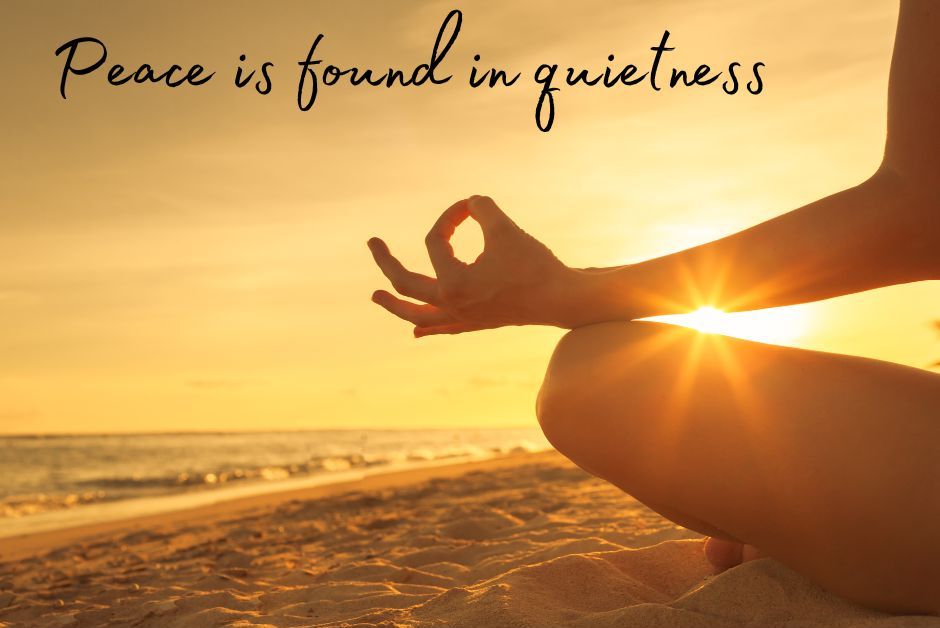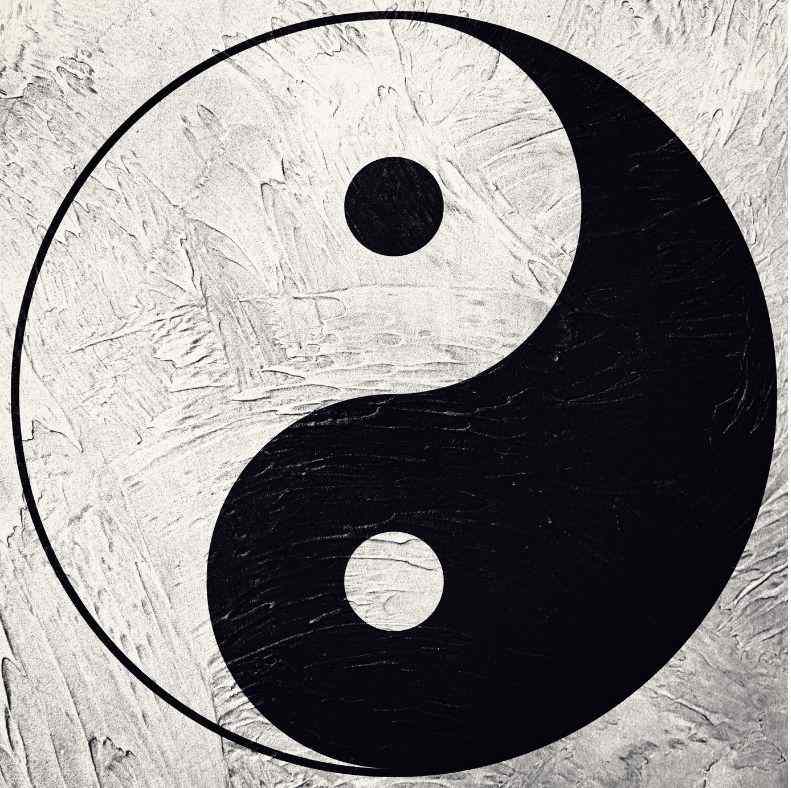Qigong – How to boost your health and longevity the Chinese way

Qigong (pronounced chee-gong) is a key element of Traditional Chinese Medicine (TCM).
It has been practiced for thousands of years albeit under different names. The word literally means exercises that boost your natural energy. Qi – life giving energy and gong literally mean work or exercise.
Qigong consists of various practices chiefly breathing exercises, standing postures and mindful movements. The aim is to build up your energy levels and learn to send that energy around your body to keep you young and healthy.
In China the term qigong refers almost exclusively to breathing practices. The standing exercises are usually called zhan zhuang while different movement exercises have different names eg baduanjin (the 8 pieces of brocade) which was originally recorded a thousand years ago.

A different view of health
Traditional Chinese medicine differs in so many ways than our Western medical system. The aim of TCM is to keep the population healthy, not wait until they get sick and then try to cure them.
Traditionally you would pay a doctor every month to keep you healthy. If you got sick you would stop paying him until he restored you back to health. It was in his interest to keep you as fit and healthy as possible. To that end he would enquire about every aspect of your health and life. He would examine your pulse, your tongue, your stools, your lifestyle, your social connections and so on. Then he would recommend herbs or acupuncture or qigong exercises to restore you to vibrant health again.
Can you imagine the benefits to our society if we stopped paying huge sums of money to our drugs companies just to manage our symptoms but insisted they actually cured our diseases instead using any means, not just biochemical? Perhaps they could even start looking into the effects of bioenergy on the body instead of ignoring it completely!
The 5 pillars of qigong
No matter what type of qigong you do there are 5 elements that you will be working on.
Relaxation
The first and most important pillar of qigong is relaxation. Energy cannot move easily through tense muscles.
An overly tense muscle is like a light bulb. A light bulb emits light and heat because it resists the flow of energy going through it. Tight muscles do much the same thing. The energy can’t flow through so the energy gets locked up in the muscles producing the feeling of tension and, eventually pain.
Only by learning to relax your muscles can you release the energy that’s tied up in them and allow it to flow unimpeded through you. The aspect of releasing tension is so important that I’ve written a whole book about it – ‘Stress Proof Your Body’.
Aligned posture
Full relaxation is only possible when your body is aligned with gravity. Any time you are leaning forward, backward or to one side then tension must exist on the other side to prevent you from falling over.
Much time is spent in tai chi and qigong classes going over small changes in posture and movement to allow the body to relax downwards and to rely less on muscle tension to keep it upright.

When your body is aligned properly with gravity then your muscles can relax around your bones. The weight of these muscles will pull your skeleton more firmly down onto the ground and make you stronger and more stable. It will also connect you to the earth element and allow your qi energy to flow more easily.
Breathing
A good breath creates internal movement that generates and moves energy. A good posture is required that enables a full and easy breath.
Too many people sit and stand in a way that allows the ribcage to collapse downwards preventing the diaphragm to work as it should. This promotes over reliance on the smaller muscles of the chest for breathing. In doing so they aren’t able to bring in nearly as much oxygen and energy as they should.
Every cell in your body needs oxygen and produces carbon dioxide and this internal respiration affects every aspect of your health and wellbeing. It isn’t an exaggeration to say that improving your breathing is probably the most important thing you can do to improve your health and quality of life.
Every breath you take brings in energy with each inhalation and releases tensions with each exhalation. I teach a system of qigong that enhances every aspect of health and energy yet uses only 5 breathing exercises (The 5 Breaths of Tao).
Mental focus / Meditation
Does your mind seem to have a mind of its own? Many people have what the Chinese call a monkey mind. That is a mind that constantly leaps from thing to thing and chatters endlessly. Click here to read about your monkey mind.
In qigong we say that your energy follows your mind so if your mind is scattered then your energy is also scattered.
There are many, many forms of meditation but all of them have, as a starting point, the goal of training the monkey mind to focus on just one thing. That one thing can be anything: your breathing, heart rate, a chant or mantra, a candle flame or other external object etc.

The goal is to focus on it and stay focused for as long as you are able. Gradually the mind quietens down and starts to learn to focus. When your mind is focused you can focus on any area of your body and send energy there through a combination of mental focus and directed breathing.
All the aspects of qigong require you to focus, usually on yourself. Focus on your breathing, focus on different areas of your posture, focus on releasing tension and so on. Without a trained mind qigong is not possible. To find out more read about Your 2 Mental Modes.
Sensitivity/awareness
This is perhaps the most overlooked aspect of qigong training. Many people scoff at qi, they cannot see it, video footage looks, and often is, faked and they don’t believe this mysterious energy exists. The only way to know it exists is to feel it for yourself but they can’t feel it so they don’t believe it.
The reasons they can’t feel it are the same reasons we’ve already discussed: They aren’t relaxed enough, their minds are too scattered, they aren’t breathing enough to generate any excess energy and, finally, they don’t know what energy feels like.

The sensations of qi are very subtle, at least to begin with though, when you are more practiced, the sensations can be very strong indeed. The better you are able to feel subtle energies the better your mind can lock onto them and increase them hence sensitivity is very important.
As we age our minds and bodies become increasingly numb to the sensations that assail us. Never before in our history have we been assaulted by so many new sensations, smells, colours, media attempts to manipulate our emotions and so on. We protect ourselves by becoming increasingly numb but at what cost? We lose contact with ourselves and the energies that sustain us. We become a victim of our own habits and rely on them to get us through the day.
These habits automate our responses to everyday stimuli yet rob us of the awareness and sensitivity of those stimuli and in doing so they enable the mind to be elsewhere doing its thing and prevent us from being here, living this moment fully as we could and should.
Learn to become more aware of yourself and your habits during your day. Become more conscious of everything you see hear and feel. This practice alone will help both your mind and body relax. The more relaxed you are the more sensitive you become. The more you are able to focus your mind on a particular area the more sensitive that area becomes. As always these five pillars overlap in many areas.
These are the five pillars of qigong – relaxation, posture, breathing, focus and sensitivity. Cultivate each one and you will feel the energies moving through you. More importantly your health and wellbeing will improve dramatically and you will become more at ease with yourself and the world and people around you.
Find out more about qigong through the tai chi classes I run.
Learn Tai Chi from home
- The full yang style short form (37 steps)
- All the proper principles
- Qigong exercises
- Yin and yang power training
- Easy to follow videos and PDF descriptions of everything
- The most comprehensive online training course available
- Split into 11 digestible modules
Each module is contains at least a month’s worth of lessons and is currently just £18 per module.
Get our FREE guide on how to walk using tai chi principles
- Work on your posture and breathing while you walk
- Walk freely with more balance and less tension
- Become more aware of yourself and your surroundings
- Make every walk a richer and more enjoyable experience
Plus – get our popular weekly email full of rare tips and skills on using the deeper principles of tai chi to improve your health and life.
Just fill in your details below and get more enjoyment and benefit from every walk for the rest of your life.



